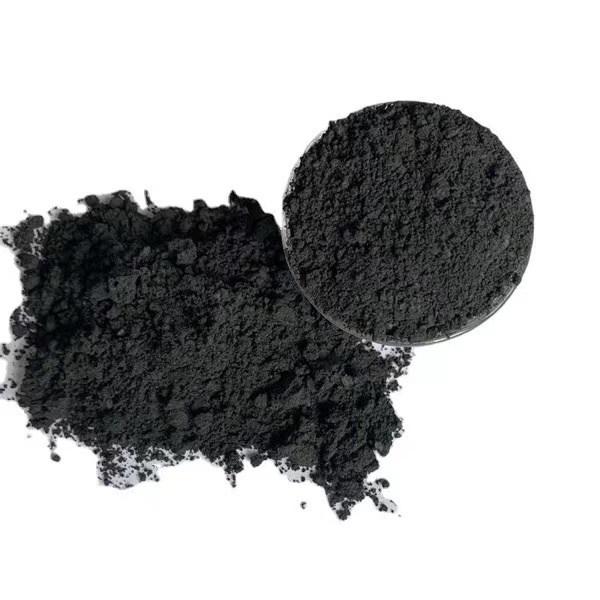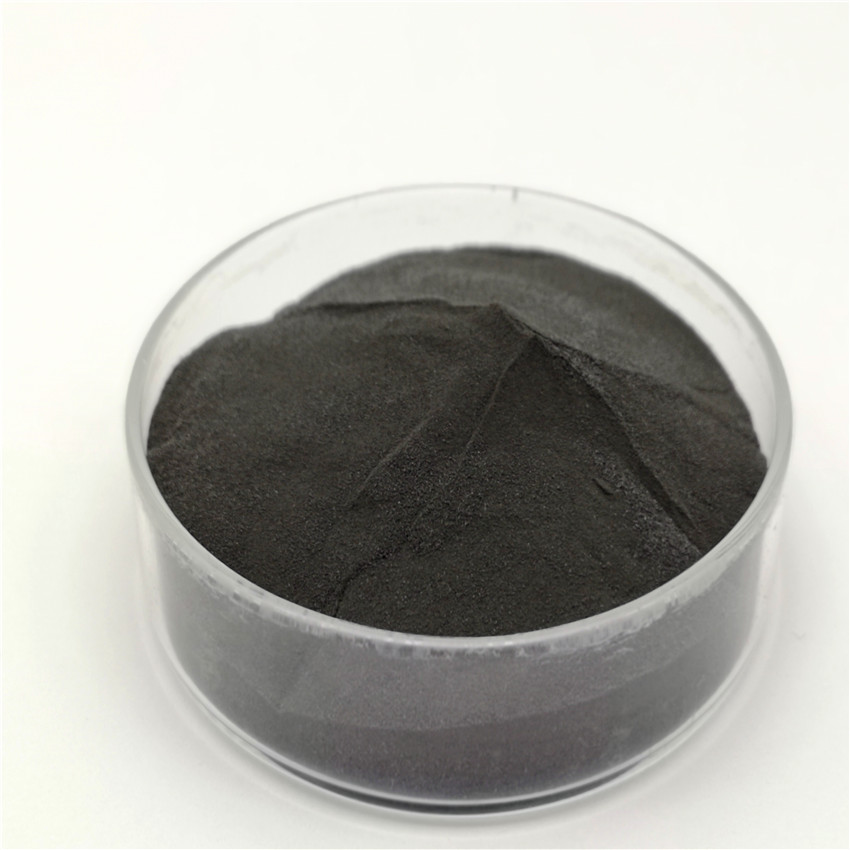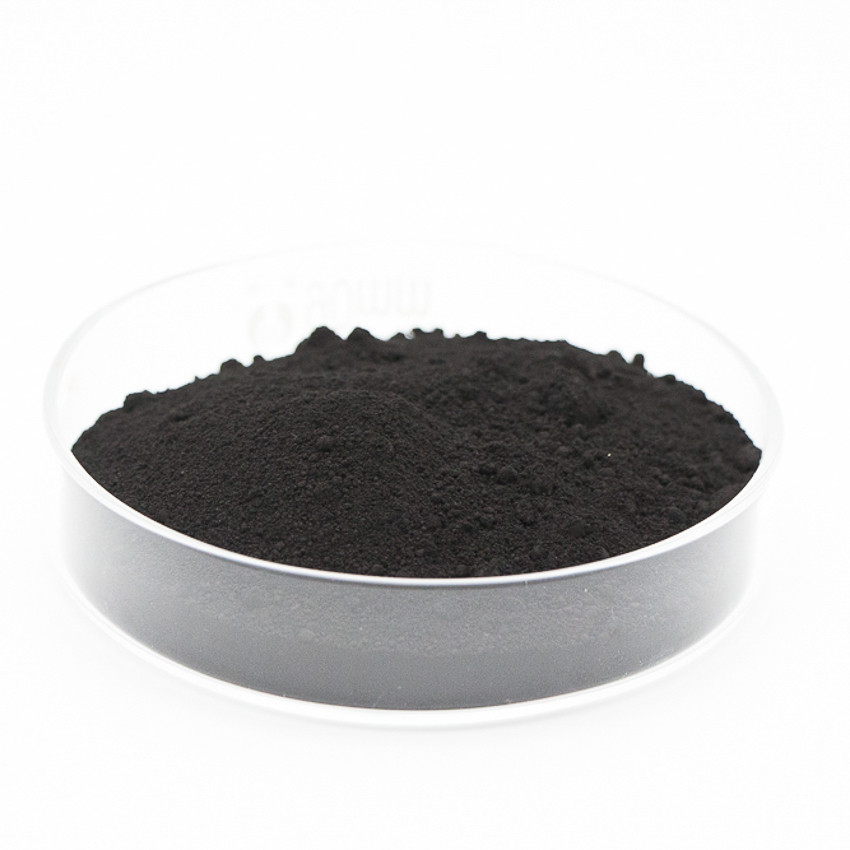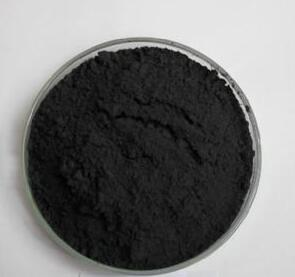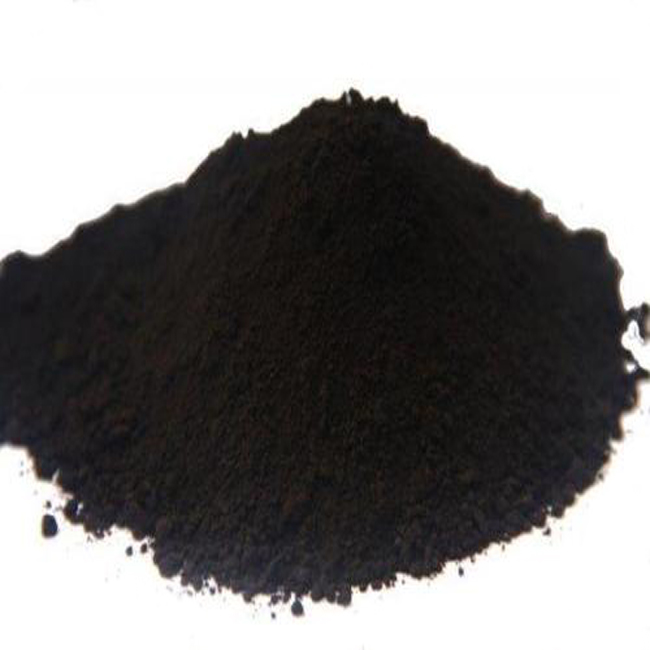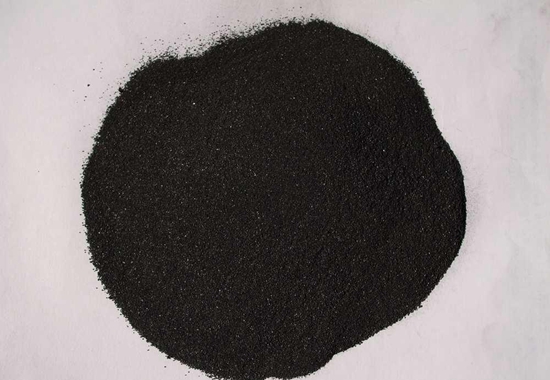Advantages and Disadvantages of Graphite
The main advantage of graphite over all other electrode materials is its resistance to thermal shock and its ability to resist corrosion (along with good electrical conductivity). Unlike copper or tungsten it can be machined very finely, even in large blocks. In addition, it has a low density which results in lighter electrodes. Its electrical conductivity is very high and, in comparison with copper, it discharges slowly allowing material removal without excessive wear. It also has a lower CTE which increases geometrical stability.
Graphite’s greasy texture is caused by weaker surface attractions, called Van der Waals forces, which hold the carbon atoms in the sheets together and allow them to slide over each other very easily. This is the same property that allows a gecko to climb smooth surfaces with its padded toes. The greasy nature of graphite, along with its low specific gravity makes it the ideal lubricant, and is why pencils were first made with this material.
Graphite is also resistant to water and organic solvents because the molecules in these liquids can’t attract the carbon atoms in the layers of graphite. It can withstand high temperatures and is suitable for nuclear industry applications because it absorbs neutrons, giving long service life to components in molten salt reactors and uranium bismuth nuclear reactors. It is also a good electrical conductor and can be used to make spark plugs. Its high compressive strength means that it is often used as a back-up material in mechanical carbon parts, such as piston rings or bearings.


